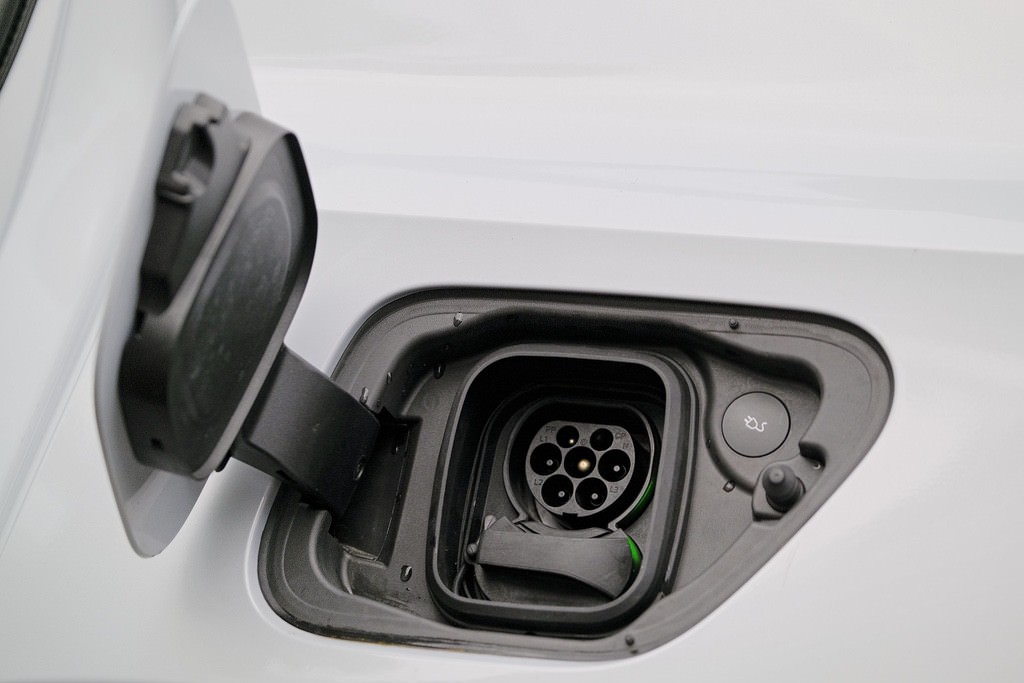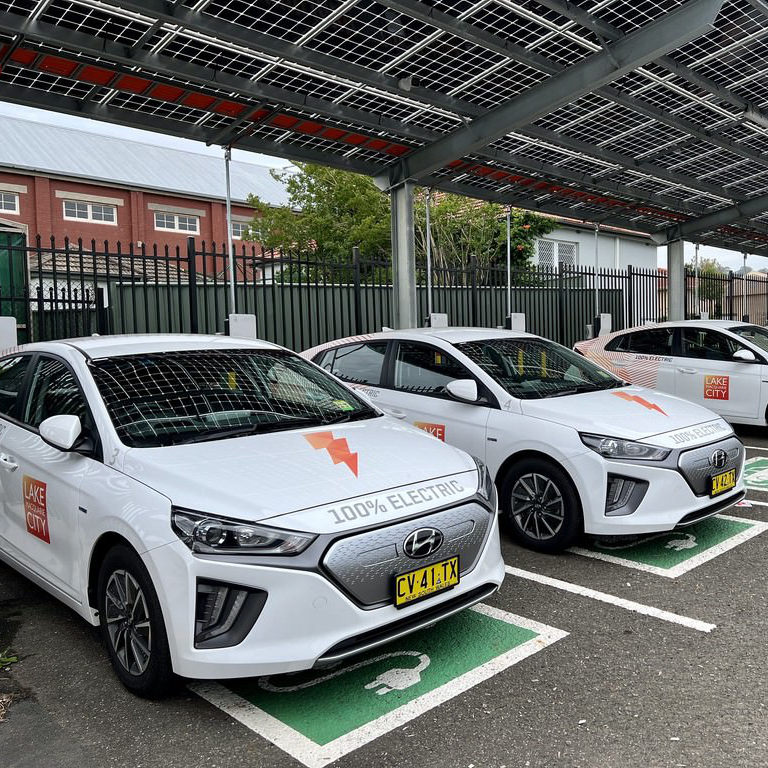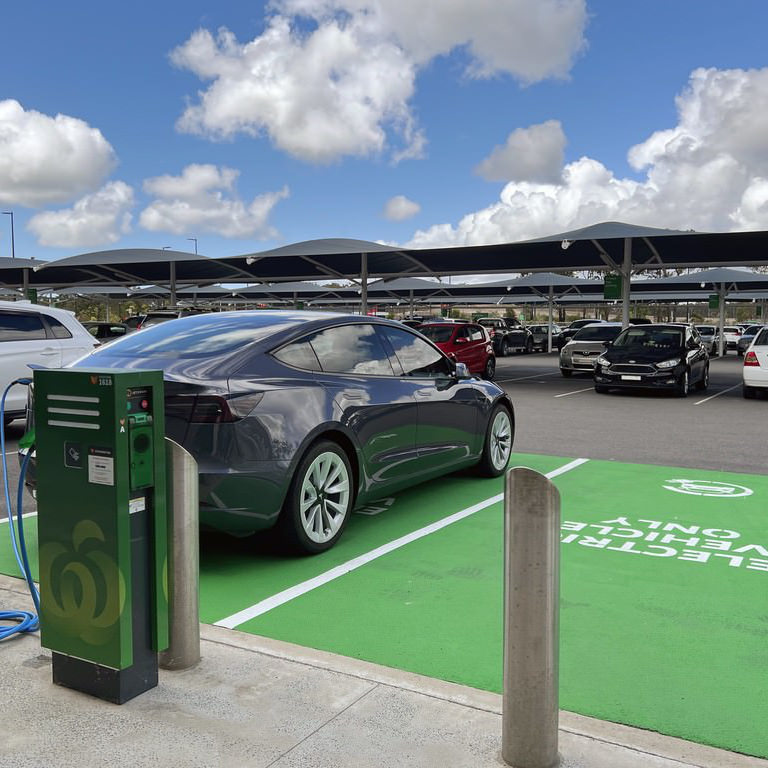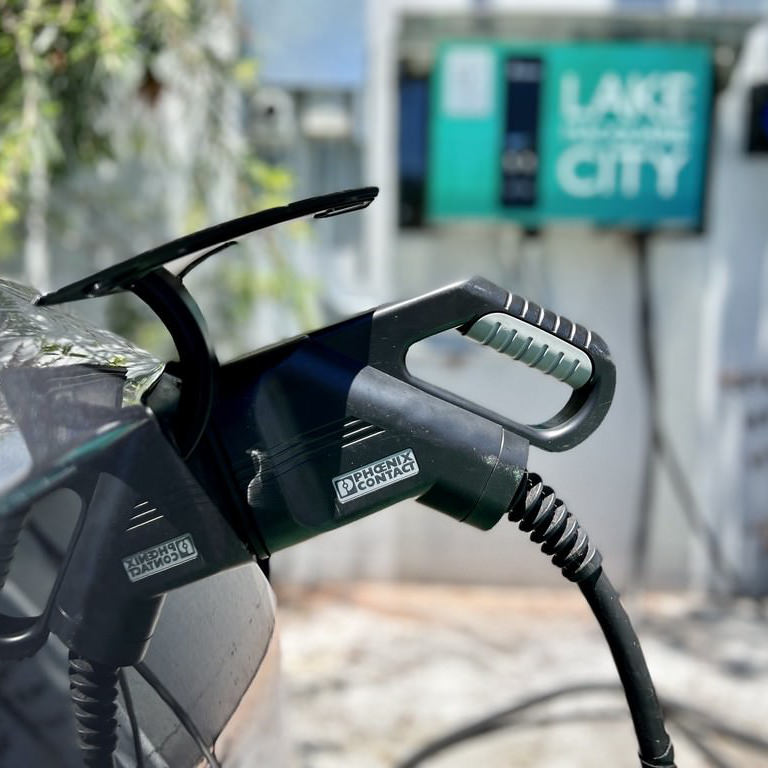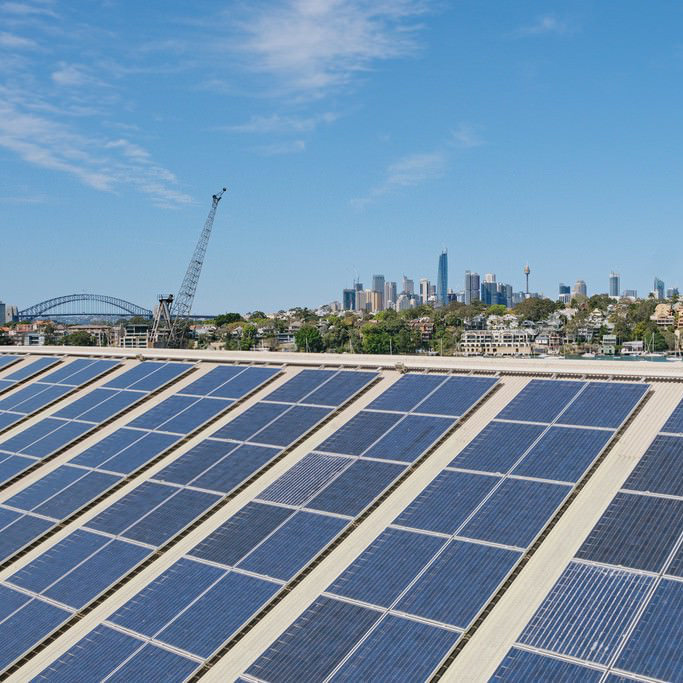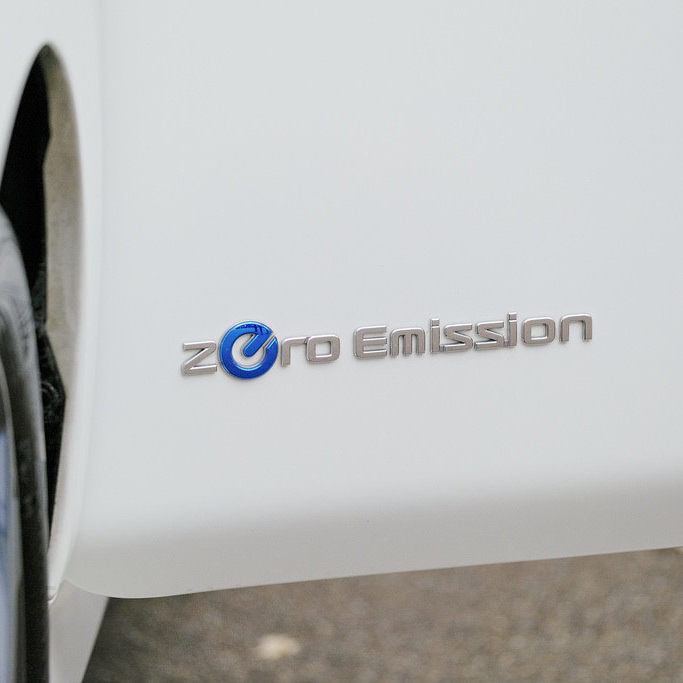Electric Vehicle Sales Surge in Australia: The 2025 Turning Point
Electric vehicle adoption in Australia has hit an all-time high in 2025, signaling a profound shift in the nation’s transport landscape. The first half of the year saw over 14,000 additional EVs sold compared to the same period in 2024. With electric vehicles (BEV + PHEV) now accounting for nearly 12% of all new car sales, and a record-breaking 16% in June alone, Australians are embracing EVs at an unprecedented pace.
We explore the key drivers behind this surge, the role of supportive government policies, the changing attitudes of Australian consumers, and what’s next for the electric future of Australia.
The Growth Story: How EV Sales Are Accelerating in 2025
Record Sales and Market Share Milestones
According to the Electric Vehicle Council (EVC), EV sales in Australia have not only increased in raw numbers but have also achieved significant market penetration:
- 12% of all new cars sold in H1 2025 were EVs (BEV + PHEV), up from 9.6% in H1 2024.
- June 2025 set a new monthly record, with EVs making up nearly 16% of total vehicle sales.
This rapid growth reflects a decisive consumer shift towards cleaner, more sustainable transport options.
Key Drivers Behind the EV Surge
1. Federal Government Support and Incentives
Federal policies and incentives are playing a crucial role in making EVs more accessible:
- Introduction of the New Vehicle Efficiency Standard in 2025.
- Increased affordability and variety in EV models.
- Financial incentives that make the transition more appealing for everyday Australians.
“The transition to electric vehicles is picking up speed because of federal government support and more Australians recognising that making the switch is good for the environment and their wallets.” , Julie Delvecchio, CEO, Electric Vehicle Council
2. Growing Consumer Awareness
Australians are becoming more aware of the environmental and economic benefits of EV ownership:
- Lower running costs compared to petrol vehicles.
- Contribution to reducing emissions and improving air quality.
- A growing perception that EVs are the future of transport, not a niche alternative.
- New charging stations popping up at shopping centres, workplaces, and public spaces, making EV ownership more convenient.
3. Expanded Vehicle Choices
Thanks to the New Vehicle Efficiency Standard, consumers now have more affordable and diverse EV options, from compact hatchbacks to family SUVs and commercial vans. This diversity is critical in meeting the needs of:
- Families
- Tradespeople
- Small businesses
- Urban commuters
The New Australian EV Owner: A Changing Profile
The EV market is no longer limited to early adopters or environmentally conscious consumers. Today’s EV drivers in Australia include:
- Families choosing EV SUVs for school runs and weekend trips.
- Small business owners using electric vans for deliveries.
- Tradespeople using electrified utes (mostly still PHEV).
- Everyday commuters opting for compact EVs for city driving.
Once Australians make the switch to electric, the data suggests they rarely look back.
What’s Next: The Road Ahead for EVs in Australia
Infrastructure Expansion
To sustain the growth in EV sales, charging infrastructure must scale rapidly. Accessible and fast-charging options are essential to support the increasing number of EV drivers, both in the city, suburbs and regional areas (like the Central Coast, Hunter Valley, Blue Mountains, and beyond…).
Continued Policy Support
Ongoing government backing will be critical:
- Further incentives for EV purchases.
- Support for vehicle-to-grid technologies.
- Regulatory frameworks that continue to encourage manufacturers to bring affordable models to market.
Industry Innovation
Australia’s EV ecosystem is ripe for innovation, particularly in:
- Vehicle-to-grid (V2G) solutions, which allow EVs to supply energy back to the grid.
- Advanced battery technologies that improve range and charging speed.
- New financing models that make EV ownership even more accessible.
“More EVs on our roads benefit all Australians, delivering quieter streets, cleaner air, and greater protection for our environment.” , Julie Delvecchio, Electric Vehicle Council
2025 is shaping up as a landmark year for Australia’s electric vehicle journey. With record-breaking sales, strong government support, increasing consumer confidence, and a rapidly diversifying market, the shift to electric transport is no longer a distant goal, it’s happening now.
To maintain this momentum, Australia must continue investing in infrastructure, policy innovation, and public education. The benefits of this transition are clear: cleaner cities, lower carbon emissions, and a transport system that’s ready for the future.
FAQ
Q: What percentage of new car sales in Australia were EVs (BEV + PHEV) in June 2025?
A: EVs made up nearly 16% of all new vehicles sold in Australia in June 2025.
Q: Who is driving EV adoption in Australia?
A: A wide range of Australians, including tradespeople, families, small business owners, and city commuters, are now embracing EVs.
Q: Why is infrastructure critical for EV growth?
A: A reliable, widespread charging network is essential to support the growing number of EVs on Australian roads and to alleviate consumer concerns about charging accessibility. Australia needs lots more.
Q: How can EVs contribute to a cleaner environment?
A: EVs produce zero tailpipe emissions, leading to improved air quality and reduced greenhouse gas emissions compared to traditional petrol or diesel vehicles.
Q: What are some of the EV brands and models (BEV + PHEV) available in Australia?
A: The nearly 100 different EV models sold in the first half of 2025 include a wide range of options, from compact cars to SUVs and commercial vehicles, catering to diverse consumer needs. They include (in # sales order): Tesla Model Y, BYD Sealion 7, Tesla Model 3, Kia EV5, MG 4, BYD Atto 3, Geely EX5, BYD Seal, BYD Dolphin, Kia EV3, BMW iX1, MG ZS EV, BMW iX2, Volvo EX30, Polestar 4, Porsche Macan, BMW i4, Mercedes-Benz EQE SUV, Audi Q4 e-tron, Mercedes-Benz EQA, Chery Omoda E5 / E5, Toyota bZ4X, Hyundai Ioniq 5, Polestar 2, Zeekr X, Mercedes-Benz EQB, Mini Aceman, Volvo XC40 Recharge / EX40, Mini Countryman E, Hyundai Kona Electric, GWM Ora, Cupra Born, MG S5, Mini Cooper E, BMW i5, Kia EV6, Ford Mustang Mach-E, BMW iX3, Hyundai Inster, BMW iX, Leapmotor C10 EV, Volkswagen ID.4, Cupra Tavascan, Kia EV9, Volvo C40 Recharge, Volkswagen ID. Buzz, Renault Megane E-Tech, Audi Q6 e-tron, Porsche Taycan, Subaru Solterra, Skoda Enyaq, Volvo EX90, Polestar 3, Volkswagen ID. Buzz Cargo, Deepal S07, Volkswagen ID.5, Mercedes-Benz EQE, Hyundai Ioniq 6, Fiat 500e / Abarth 500e, Zeekr 009, LDV eDeliver7, Nissan Leaf, Kia Niro EV, Ford E-Transit, Jeep Avenger, Mercedes-Benz eVito van, Peugeot E-Partner, MG Cyberster, Mercedes-Benz G-Class EV, Lexus RZ, Audi Q8 e-tron, LDV eDeliver 9, Mercedes-Benz eVito Tourer, Audi e-tron GT, Mercedes-Benz EQS SUV, Renault Kangoo E-Tech, Lexus UX300e, BMW i7, Ford E-Transit Custom, Mercedes-Benz EQV, Peugeot E-308, Genesis GV70 Electrified, Peugeot E-Expert, Genesis GV60, Rolls-Royce Spectre, LDV eT60, Mercedes-Benz eSprinter van, Lotus Eletre, Genesis G80 Electrified, Jaguar I-Pace, LDV Mifa 9, Lotus Emeya, Mercedes-Benz EQS, Skoda Elroq, Mazda MX-30 Electric, Maserati GranTurismo / GranCabrio Folgore and Renault Trafic E-Tech.

